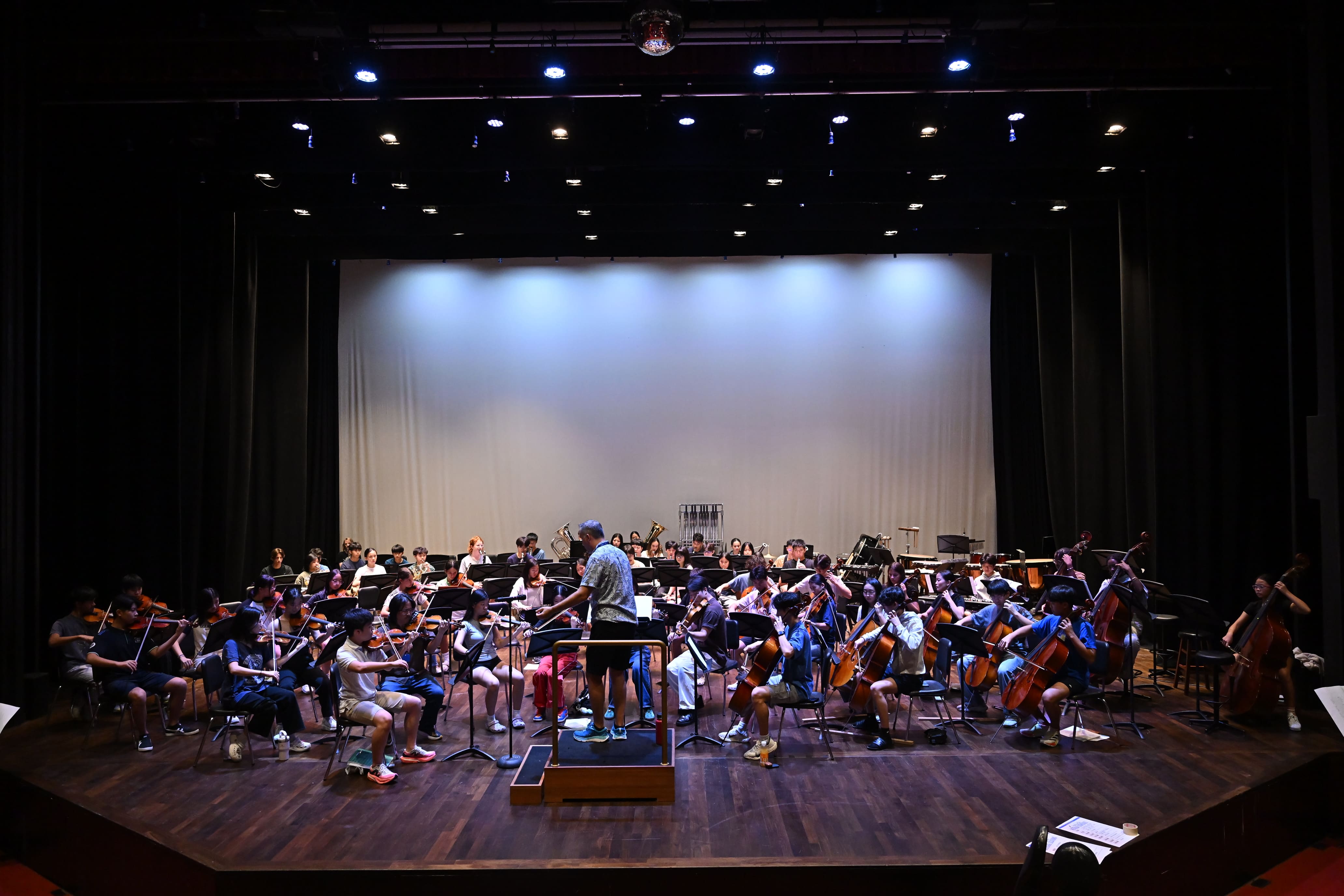Caron Lai highlights the five common types of learning disabilities among children.
If your child struggles with school or finds it difficult to understand materials, chances are that your child has a learning disability. Rather than a lack of intelligence or motivation, learning disabilities are processing disorders of the brain. These processing problems can affect skills in the areas of reading, writing, speaking, listening, reasoning or mathematics. They can also interfere with organisation, time planning, memory, and attention.
Here, we list five of the common learning disabilities in children:

1. Dyslexia
Dyslexia is a language-based learning disability that affects the processing of spoken and/or written language. Children with dyslexia usually have difficulty reading accurately and fluently. There are a variety of ways in which dyslexia can be manifested. Here are some of the more common “types” of dyslexia that you might hear about:
- Phonological dyslexia: Trouble breaking down words according to sound.
- Visual dyslexia: Trouble recognising words by sight. The brain struggles to remember what the word looks like.
- Rapid naming dyslexia: Trouble naming several letters and numbers in a row. This could be an issue with processing and reading speed.
2. Attention Deficit Hyperactivity Disorder (ADHD)
Children with ADHD have trouble paying attention to and focusing on a single task. They are easily distracted and often struggle with learning in traditional classroom settings. Some children may have problems with inattentiveness but not with hyperactivity or impulsiveness. This is known as attention deficit disorder (ADD).
- Signs of inattentiveness include:
- Having a short attention span and getting distracted easily
- Struggling with following instructions and learning new things
- Forgetting or losing things
- Having difficulty organising and finishing tasks
Hyperactivity and impulsiveness on the other hand, are characterised by the following:
- Constant fidgeting and not being able to sit still in calm or quiet settings
- Inability to focus on tasks
- Excessive talking
- Acting without thinking
- Having little or no sense of danger
3. Dyscalculia
Children with dyscalculia struggle with learning mathematical concepts such as numerical organisation and understanding quantity, place value and time. They may also face difficulty in following and/or using steps involved in math problems. Despite many hours of practice/rote learning, the child may still struggle to remember basic math facts.
Having dyscalculia can lead to high levels of mathematics anxiety, causing the child to avoid games that involve numbers altogether. If left untreated, the child may suffer from poor money and time management later in life.

4. Dysgraphia
Dysgraphia refers to difficulty with the physical act of writing. This includes having a cramped grip when holding a pencil, illegible handwriting, inconsistent spacing, and poor spelling (unfinished words or missing words or letters). The child may also have trouble reproducing the shape of a letter or drawing.
Having dysgraphia can also make it difficult to think and write at the same time. When writing a story, the child may start in the middle and leave out important facts and details or repeat the same point over and over. Dysgraphia can also lead to grammar and punctuation issues such as not starting sentences with a capital letter or writing sentences that “run on forever”.
5. Dyspraxia
Dyspraxia is associated with delayed neurological development that makes it difficult to plan and coordinate physical movement. A child with dyspraxia struggles with fine motor skills (hand-eye coordination, holding a pencil), or gross motor skills (running, jumping). Some of the different kinds of dyspraxia include:
- Ideomotor dyspraxia: Difficulty doing single-step tasks such as using a fork or pouring juice.
- Ideational dyspraxia: Difficulty planning and carrying out a sequence of steps needed for complex tasks. E.g. tying shoes, riding a bike.
- Oromotor dyspraxia: Difficulty coordinating muscle movement to pronounce words clearly.
- Constructional dyspraxia: Difficulty understanding spatial relations.
If your child experiences any of the learning difficulties above, do seek interventions to help your child cope better at school. Learning disabilities can affect the child’s overall growth so early treatment is necessary to help your child integrate in future social environments.
Some international schools provide learning support for children with special educational needs, so do find out from these schools the kind of support available for your child.

For more information on the types of interventions necessary to help your child cope with these learning difficulties, read the article on Interventions for Children with Special Educational Needs here.























![[St. Joseph’s Institution International School Malaysia] The Lasallian Education Ethos for a Better Future - Gratitude and Giving](https://eda.sgp1.digitaloceanspaces.com/production/TfRAxzU6ATHvsmC0lblUPD8peQ36lt.jpeg)









